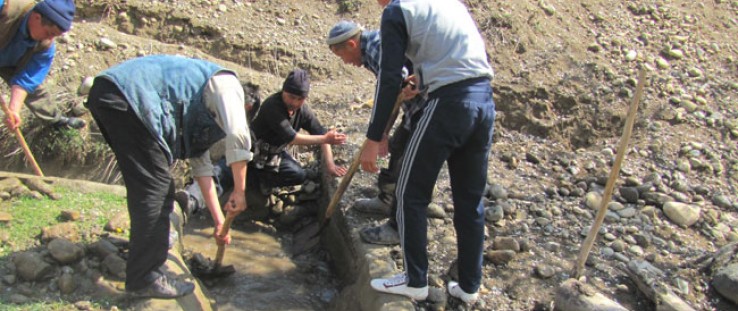 Young men from Zulpuev municipality clear the irrigation canal so thousands of farmers can receive water to maintain their crop fields.
USAID
Young men from Zulpuev municipality clear the irrigation canal so thousands of farmers can receive water to maintain their crop fields.
USAID
 Young men from Zulpuev municipality clear the irrigation canal so thousands of farmers can receive water to maintain their crop fields.
USAID
Young men from Zulpuev municipality clear the irrigation canal so thousands of farmers can receive water to maintain their crop fields.
USAID
When Abibilla Kimsanov was a child in Kyrgyzstan, his father and uncle, who were neighbors, had serious disputes over water. They shared a self-made water canal they used to irrigate crops. But since his uncle’s house was further uphill, he was first to receive the incoming water and very often would not let Abibilla’s family get their fair share.
“I remember being very upset because of the constant fighting over water between my relatives. My cousin Kudaibergen and I couldn’t play together for a week at a time because my uncle would forbid him to talk to me,” recalls Kimsanov.
Abibilla Kimsanov is now a local farmer himself, and has been a community leader for the past 13 years. Together with USAID and other partners, he is helping to institute changes to calm tensions over water that have built for the past quarter of a century.
Opportunities Drying Up
Zulpuev municipality, where Kimsanov lives, is located in the south of Kyrgyzstan, which is generally poorer than the north and has the lowest employment rates in the country. Many people in the community migrate abroad for work.
The Kyrgyz State Committee on Migration and Employment estimates that roughly 300,000 Kyrgyz citizens now permanently work in Russia and about 80,000 in Kazakhstan, many of them illegally. Other estimates put the number of migrants as high as 700,000, or one-seventh of the country’s population. Around 70 percent of these migrants are from the southern regions. Those who remain support themselves through livestock breeding and farming.
“My only son is in Moscow. He sends me some money every month but that’s not enough to buy gas, seeds and chemical fertilizers. Also, I’m saving half the money he sends for his wedding next year,” says Kimsanov’s neighbor, Saidula Turgunov, a 63-year-old engineer responsible for the maintenance of local aqueducts and irrigation canals. “Until now, we’ve always had huge problems with water. There are almost 2,000 families in Zulpuev and all of them have their own farmlands that need irrigation.”
An irrigation network consisting of cement canals and aqueducts was built in 1980 to provide water to the region, providing water for 180 hectares of arable land. However, after the fall of the Soviet Union in 1991, the local government abandoned most maintenance and restoration work on the canals, and for the past 15 years, the canals have been deteriorating. In fact, for the past decade, many canals have not functioned at all.
Making matters worse, in 2011 and 2012, Kyrgyzstan experienced a harsh winter with unusually low temperatures, heavy snowfall and high precipitation—more than double the annual average. Melting snow and heavy rains caused a series of mudflows in Zulpuev and neighboring regions. Food stocks, home properties, livelihoods and infrastructure were all heavily damaged. More than 9,400 people were affected.
The situation in Zulpuev looked bleak. “For the first time in my life, I have experienced real hunger. Most of our animals died in the cold, and those that survived were barely worth their meat. The prices on crop seeds and food products were very high this summer, and we were expecting a poor harvest in autumn,” says Zamira Jooshbaeva, a local grocery store owner in the village of Kachkaldyk.
Coming Together for Change
Remembering the strain that water access put on his own family, Kimsanov decided to help make sure the farmers in his village received irrigation water in a fair and timely manner. In 2010, he helped create a water users association (WUA), a grassroots group that now includes many members from all of the villages in the Zulpuev municipality in the Osh region of Kyrgyzstan. WUAs are community organizations responsible for maintenance and operation of a communal water system.
In March 2012, following the atypically long winter, Kimsanov and the local municipal government partnered with USAID to rehabilitate Zulpuev’s irrigation infrastructure. Local people cleaned the canal and completed small technical tasks, while USAID took on more complex work—installing sluice gates that regulate the flow of water, rehabilitating five kilometers of the most crucial parts of the canal, and restoring the aqueduct.
For less than $3.40 per person, water now reaches more than 7,000 farmers in need.
“This renovation project exemplifies [what] can be achieved through local initiative combined with a modest contribution from international donors,” says Bermet Satybaldieva, program specialist for the USAID Local Development Program. “Now farmers not only receive irrigation water and good harvests but they also returned about 500 hectares of previously uncultivated municipal land into productive use.”
At the end of the first harvest season after the restoration of the irrigation network, the local government of Zulpuev reported cumulative revenue for farmers of more than $1.7 million, doubling that of the previous year.
“I called my son in Yekaterinburg [in Russia] as soon as we started the renovation works on the canals. I was hoping that he would return and help me with our farm and he did! We look forward to next year. We expect a fruitful harvest season,” says Kimsanov.
New job opportunities and higher revenues have followed the collaborative irrigation project. With a positive outlook on the near future of Zulpuev, local families hope that their sons and daughters abroad will rejoin them at home.
“Through the help of USAID, we overcame a major obstacle. Now our main goal is not to leave a single hectare of land unused,” says Zamir Torojanov, head of the Zulpuev municipality.
This small irrigation project is one of several similar activities in Kyrgyzstan implemented through USAID programs. Between 2004 and 2012, USAID assisted 28 water user associations in three provinces of southern Kyrgyzstan, which helped rehabilitate about 250 kilometers of drainage and irrigation canals, construct more than 1,000 irrigation gates and control structures, and provide WUA offices and office equipment.
As a result of USAID assistance and partnership with WUAs and local governments, about 10,000 hectares of degraded non-irrigated land, which had not been in use for over 20 years, were brought back into production with positive impact on the lives and incomes of more than 200,000 beneficiaries.
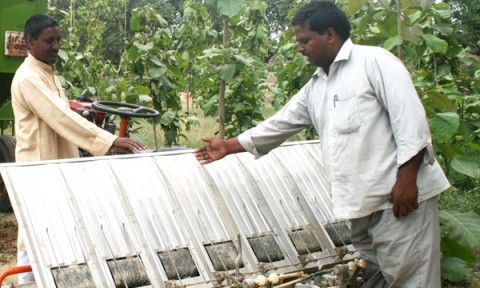
In India, No Till Makes For More Food
Forty percent of the world’s hungry live in South Asia, according to Oxfam International. To address the hunger that creeps across the region, USAID is partnering with farmers and the public and private sectors to introduce new conservation agricultural practices and technologies that will improve food security and income for people who adopt these techniques.
One such practice is the use of “zero-till” planting, which can boost crop production, while also reducing water usage. By leaving organic residue from the previous crop cycle, the soil within fields is enriched with more nutrients and water, eliminating the need for the resource-intensive practice of traditional tilling. A special zero-till machine can then be used to plant seeds.
Results from this technique—which include heftier wheat yields, less water usage and lower cultivation costs – can already be seen in India, where the Cereal Systems Initiative for South Asia (CSISA) project has been supported by USAID, the Bill & Melinda Gates Foundation and the World Bank since 2011.







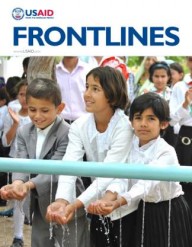

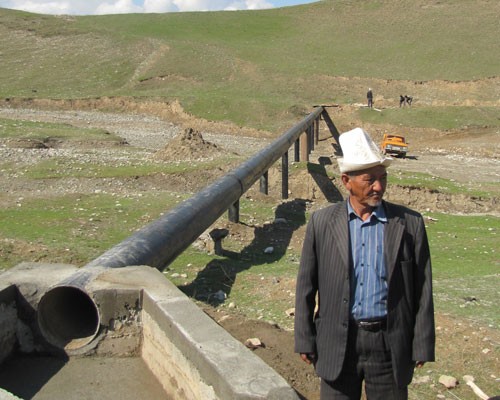
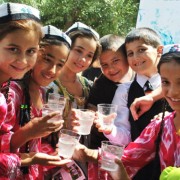
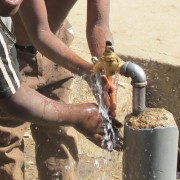
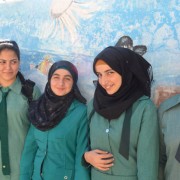
Comment
Make a general inquiry or suggest an improvement.